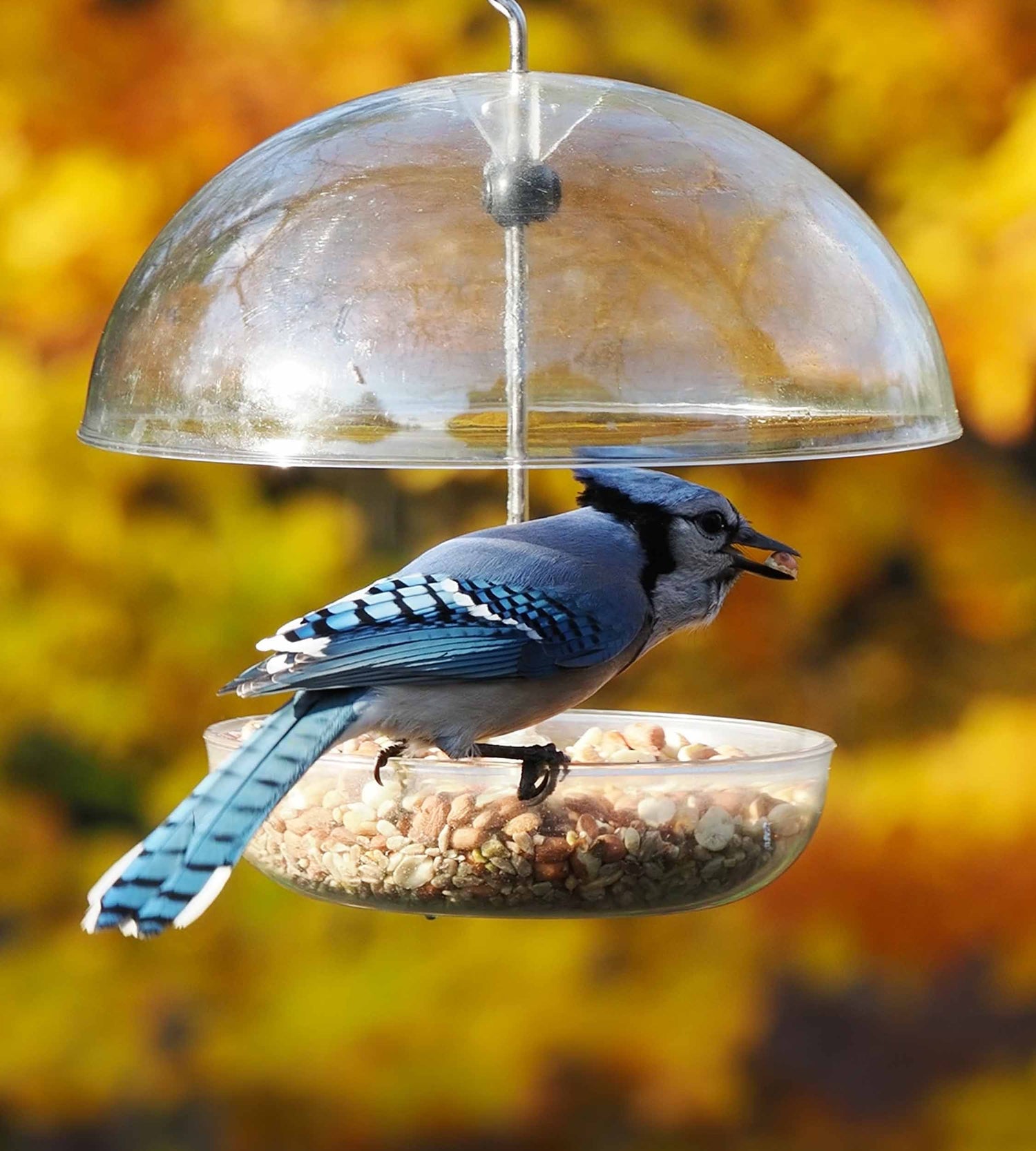Birds are delightful creatures that bring life, color, and melody to our outdoor spaces. Whether you have a large backyard or a modest balcony, attracting birds and providing them with proper nutrition can be a rewarding and educational experience. But what exactly should you feed your feathered visitors? In this article, we will explore some guidelines and suggestions to help you make informed decisions on what to offer our avian friends.
Understanding Bird Diets:
Before delving into specific feeding options, it's essential to recognize that different bird species have varying dietary needs. While some birds are primarily seed-eaters, others prefer insects, fruits, nectar, or a combination of these food sources. By catering to a diverse range of dietary preferences, you can attract a wider variety of birds to your yard.
Seed-based Diets:
Seeds are a popular and easily accessible food source for many birds. Here are some common seeds that are well-received:
1. Sunflower Seeds: Loved by a wide range of bird species, sunflower seeds are a rich source of nutrients, including protein, fiber, and healthy fats. Offer black oil sunflower seeds in feeders to attract finches, chickadees, cardinals, and other seed-loving birds.
2. Nyjer (Thistle) Seeds: These small, black seeds are a favorite among finches, such as goldfinches and purple finches. Place them in specialized feeders with small ports to accommodate their tiny bills.
3. Safflower Seeds: Safflower seeds are an excellent choice if you want to attract cardinals while discouraging squirrels. Cardinals readily consume safflower seeds, but squirrels tend to leave them untouched.
Insect-based Diets:
Insects are a vital part of many bird species' diets, especially during the breeding season when they require high-protein foods for themselves and their offspring. Consider the following options to entice insect-loving birds:
1. Mealworms: Live or dried mealworms are a highly nutritious treat for bluebirds, wrens, thrushes, and other insectivorous birds. Place them in specialized mealworm feeders or shallow dishes to attract these feathered hunters.
2. Suet: Suet, made from animal fat, is a dense and energy-rich food that appeals to woodpeckers, nuthatches, and chickadees. Hang suet cakes in wire mesh feeders during colder months when birds require additional calories to maintain body heat.
Fruit and Nectar-based Diets:
Fruits and nectar attract species such as orioles, hummingbirds, and certain thrushes. Consider incorporating the following into your bird-feeding routine:
1. Oranges and Grape Jelly: Orioles are particularly fond of oranges and grape jelly. Place halves of orange on bird spikes or offer a small dish of grape jelly to attract these vibrant birds during their migratory season.
2. Hummingbird Feeders: Hang nectar feeders filled with a solution of four parts water to one part white granulated sugar to attract these tiny, nectar-feeding wonders. Remember to clean and refill the feeders every few days to prevent spoilage and the growth of harmful molds.
General Tips and Precautions:
1. Fresh Water: In addition to food, providing a clean water source is crucial. Birds require water for drinking and bathing. Place a shallow birdbath or provide a simple water dish, ensuring it is cleaned regularly and refilled with fresh water.
2. Avoid Harmful Substances: Refrain from using pesticides, herbicides, or other chemicals in your yard. These substances can harm birds directly or indirectly through contaminated food sources.
Conclusion







